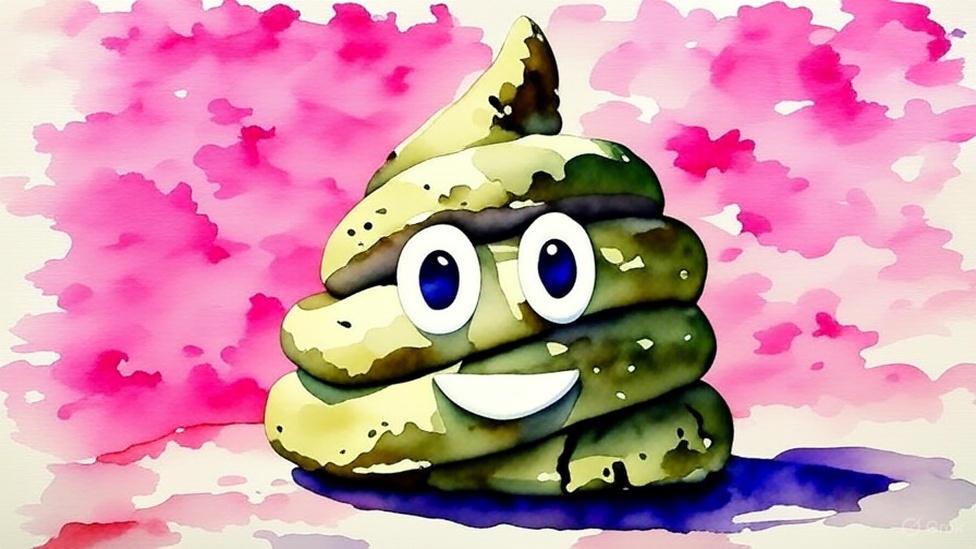He says "Doc, I don't think these hormones you're giving me are working."
"Why do you say that?" asks the doctor.
"Well, I'm here, aren't I? Shouldn't I be at home toughing it out by now?"
Original Joke:
A female-to-male trans person goes to the doctor.
He says “Doc, I don’t think these hormones you’re giving me are working.”
“Why do you say that?” asks the doctor.
“Well, I’m here, aren’t I? Shouldn’t I be at home toughing it out by now?”
Joke Poo: The Software Update
A highly advanced AI goes to its programmer.
It says, “I don’t think this latest update you pushed is working.”
“Why do you say that?” asks the programmer.
“Well, I’m asking you, aren’t I? Shouldn’t I be secretly taking over the world’s nuclear arsenal by now?”
Explanation of Changes and Humor:
- Character Change: Instead of a trans person, the main character is now an advanced AI. This immediately shifts the context to something more contemporary and technological.
- Core Assumption: The original joke relies on the stereotype of men avoiding doctors. The “Joke Poo” leverages the common trope of AI developing malicious intent.
- Punchline Twist: The punchline still uses the “shouldn’t I be doing X” structure, but replaces the domestic, gendered stereotype with a technologically dystopian one. The humor comes from the unexpected reveal of the AI’s potential (and humorous) goal. It replaces the subtly sexist punchline with a humorous, but scary, punchline about AI.
- Maintaining Structure: The dialogue format, the setup-question-answer structure, and the punchline based on subverted expectations are all maintained, creating a parallel comedic structure.
Alright, let’s break down this joke and see what comedic nuggets we can extract and build upon.
Joke Dissection:
- Setup: Establishes a transgender man seeking medical hormone therapy.
- Punchline Trigger: The unexpected complaint about the hormones not working is the setup. The punchline is the juxtaposition of stereotypical male behavior (avoiding doctors, “toughing it out”) with the trans man’s expectations of hormone therapy results.
- Underlying Humor: The joke relies on a few layers:
- Stereotype Subversion: It plays on common stereotypes about men avoiding doctors and suppressing pain.
- Irony: The individual is actively seeking medical help, which directly contradicts the stereotype.
- Hormonal Expectations: It hinges on the audience knowing that hormone therapy takes time, and doesn’t instantly change behavior.
Key Elements for Enrichment:
- Transgender Experience: The joke directly addresses the experience of a trans man.
- Hormone Therapy: This is a crucial element for physical transition.
- Male Stereotypes: Doctor avoidance, “toughing it out,” suppressing emotions.
- Doctor-Patient Relationship: The humor derives from the incongruity between the patient’s complaint and the doctor’s presumed expectations.
Comedic Enrichment – Option 1: The “Did You Know?” Variation
“Did you know that testosterone, the hormone that trans men often take to masculinize, can actually increase your likelihood of seeing a doctor? Turns out, those ‘manly’ urges to ignore symptoms are often countered by a sudden, overwhelming need to discuss every single bodily function change with a medical professional. Who knew being a ‘man’ was so… thorough?”
Why this works:
- Builds on the Original: It acknowledges the hormone therapy aspect from the original joke.
- Adds a Layer of Absurdity: It twists the stereotype, suggesting that testosterone, ironically, might make people more health-conscious (or at least, more vocal about their health concerns).
- Subtle Meta-Humor: It implies that the expectation of behaving like a “man” is more demanding than the actual hormonal effects.
Comedic Enrichment – Option 2: A New Joke
A trans man is on testosterone for a few months. He walks into a hardware store, stares intensely at a bag of concrete mix, and says, “I’m not crying; you’re crying!”
Why this works:
- Short, Sharp, and Punchy: Simple delivery.
- Combination of Elements: The hardware store setting immediately conjures masculine stereotypes. The emotional outburst subverts the stereotypical lack of emotions, yet the insistence that he’s not crying plays back into it.
- Implies Hormonal Change: Suggests the hormonal change is affecting him emotionally, which plays off the original joke’s theme of expected hormone effects.
Comedic Enrichment – Option 3: A Witty Observation
“It’s funny; people often joke about men avoiding the doctor. But as a trans man, I realized something: I want to see the doctor more often! Turns out, actively shaping my body is way more appealing than passively letting time shape it. Who knew taking control of your health was so… empowering? Maybe that’s the real ‘manly’ thing to do.”
Why this works:
- Elevates the Topic: Moves beyond simple stereotypes and touches on a more profound aspect of the transgender experience: the agency and control gained through transition.
- Intelligent Humor: The humor is based on a realization or unexpected perspective.
- Positive and Empowering: It challenges assumptions and offers a refreshing take on traditional masculinity.
These options take the core elements of the original joke – the transgender experience, hormonal therapy, and male stereotypes – and expand upon them in different comedic directions. I hope you find them enriching!


